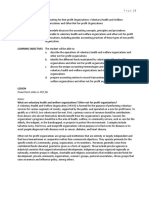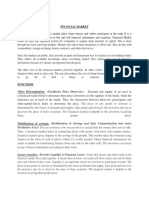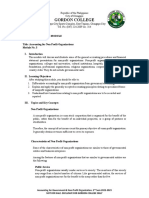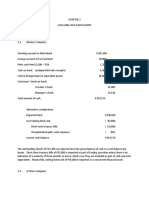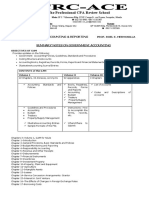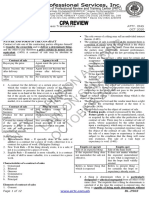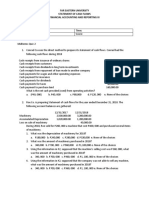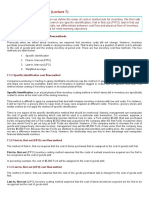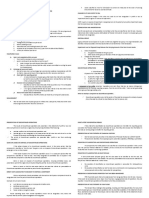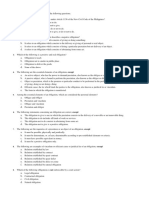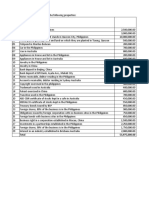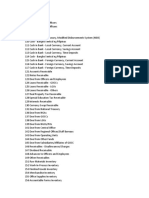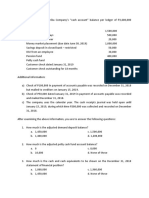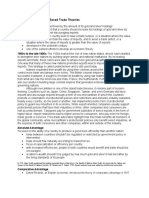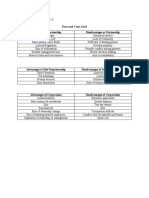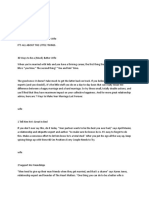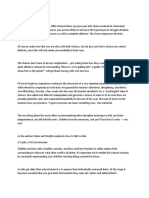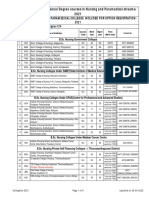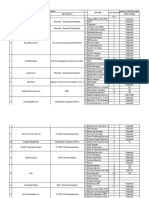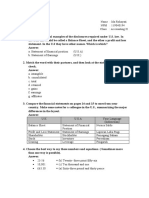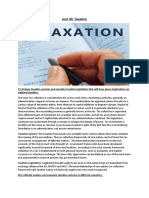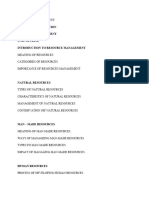100% found this document useful (1 vote)
62 views5 pagesIncluded Excluded Excluded Included
Inventories are assets held for sale, in production, or to be used in production. Items included in ending inventory balances are goods in transit, consigned goods, goods under inventory financing agreements, goods sold with unusual return rights, goods sold on trial or approval, goods sold via installment, bill and hold, or layaway. The type of inventory arrangement determines whether the goods are included in the seller or buyer's inventory. Companies use perpetual or periodic inventory systems and specific identification, FIFO, or weighted average costing methods to value inventory. When a physical count is not possible, companies can estimate ending inventory and cost of goods sold using the gross profit method.
Uploaded by
Aprilyn BatayoCopyright
© © All Rights Reserved
We take content rights seriously. If you suspect this is your content, claim it here.
Available Formats
Download as DOCX, PDF, TXT or read online on Scribd
100% found this document useful (1 vote)
62 views5 pagesIncluded Excluded Excluded Included
Inventories are assets held for sale, in production, or to be used in production. Items included in ending inventory balances are goods in transit, consigned goods, goods under inventory financing agreements, goods sold with unusual return rights, goods sold on trial or approval, goods sold via installment, bill and hold, or layaway. The type of inventory arrangement determines whether the goods are included in the seller or buyer's inventory. Companies use perpetual or periodic inventory systems and specific identification, FIFO, or weighted average costing methods to value inventory. When a physical count is not possible, companies can estimate ending inventory and cost of goods sold using the gross profit method.
Uploaded by
Aprilyn BatayoCopyright
© © All Rights Reserved
We take content rights seriously. If you suspect this is your content, claim it here.
Available Formats
Download as DOCX, PDF, TXT or read online on Scribd
/ 5

